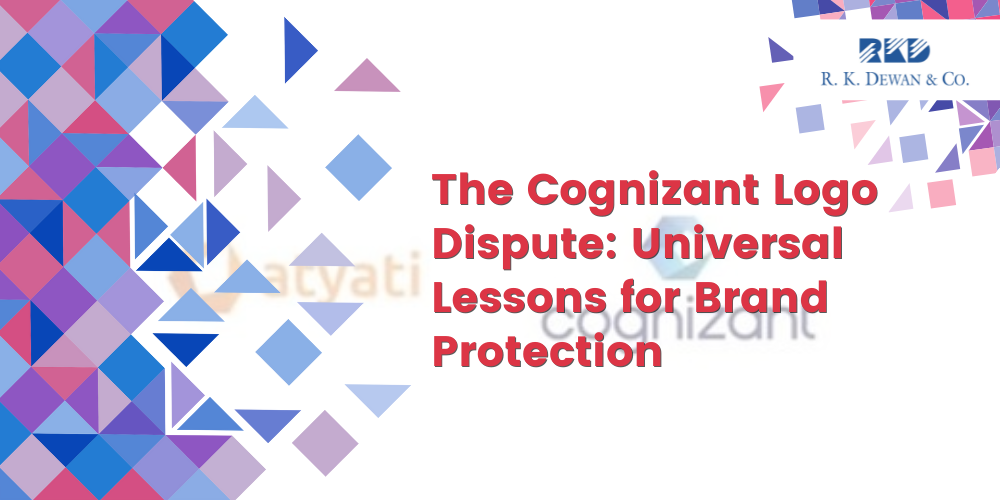In today’s competitive and fast-moving business environment, a company’s brand its logo, name, and visual identity is one of its most valuable assets. The recent trademark dispute involving Cognizant Technology Solutions and Bengaluru-based Atyati Technologies offers critical lessons not only for technology firms but for brands across every sector.
The Brands Involved
Cognizant is a multinational corporation known globally for its information technology services. In 2022, it adopted a new hexagonal “honeycomb” logo to symbolize innovation and digital cohesion as part of its brand modernization.
Atyati Technologies is a Bengaluru-based startup that had adopted a similar orange honeycomb-style logo since 2019. Atyati alleged that Cognizant’s logo was confusingly similar and infringed upon their trademark rights, sparking a legal dispute.
The Dispute in Brief
Following Cognizant’s rollout of its new logo, Atyati Technologies filed a suit claiming trademark infringement and dilution of their distinctive brand image. The Bombay High Court initially issued an injunction barring Cognizant from using the contested logo in India, forcing it to remove the logo from social media and websites.
However, the Supreme Court of India subsequently set aside the injunction and allowed Cognizant to continue using the logo pending expedited adjudication of the case, signalling ongoing judicial scrutiny.
In this article, we will not delve into the detailed facts or debate or the probable ultimate outcome of the dispute; instead, we will focus on the valuable lessons that businesses across industries can learn from this case.
Key Lessons for All Businesses
Regardless of industry or size, the following lessons emerge clearly from the Cognizant case:
Thorough Trademark Searches Are Essential
Before launching a new brand name, logo, or any distinctive mark, it is critical to conduct comprehensive trademark clearance searches. This means not only searching registered trademark databases but also looking for unregistered and common law marks that might be in use. A meticulous search helps avoid conflicts with existing marks that could lead to costly legal battles, rebranding, or loss of market reputation. The process should cover all geographic markets where the brand intends to operate and should also include domain name and social media handle availability checks to secure a consistent digital presence.
Early Trademark Registration and Vigilance Protects Assets
Registering a trademark early in your primary markets and classes provides the legal foundation for exclusive rights to that brand identity. Early registration helps prevent others from adopting confusingly similar marks, protecting brand recognition and customer goodwill. Beyond initial filing, ongoing trademark policing actively monitoring new trademark applications, competing brands, online marketplaces, and even domain registrations is crucial. Vigilance allows a brand owner to detect potential infringements at an early stage and respond before confusion becomes irreversible or damage to the brand occurs.
Swift Legal Action Deters Unauthorized Use
If an entity identifies another business using a mark that is confusingly similar or diluting its brand, prompt action is vital. Early intervention through cease-and-desist notices or negotiations can often resolve conflicts without litigation. However, where voluntary resolution fails, initiating legal proceedings to enforce trademark rights can serve as a strong deterrent. Demonstrating willingness to defend intellectual property discourages competitors from infringing and underscores the brand’s commitment to protecting its identity and reputation.
The Cognizant–Atyati trademark dispute underscores a reality faced by brands from startups to multinationals: intellectual property protection is complex, continuous, and critical to sustaining business value. Whether you are in manufacturing, retail, services, or tech, proactive trademark management and readiness for legal challenges are vital to safeguarding your brand’s identity and market position.


